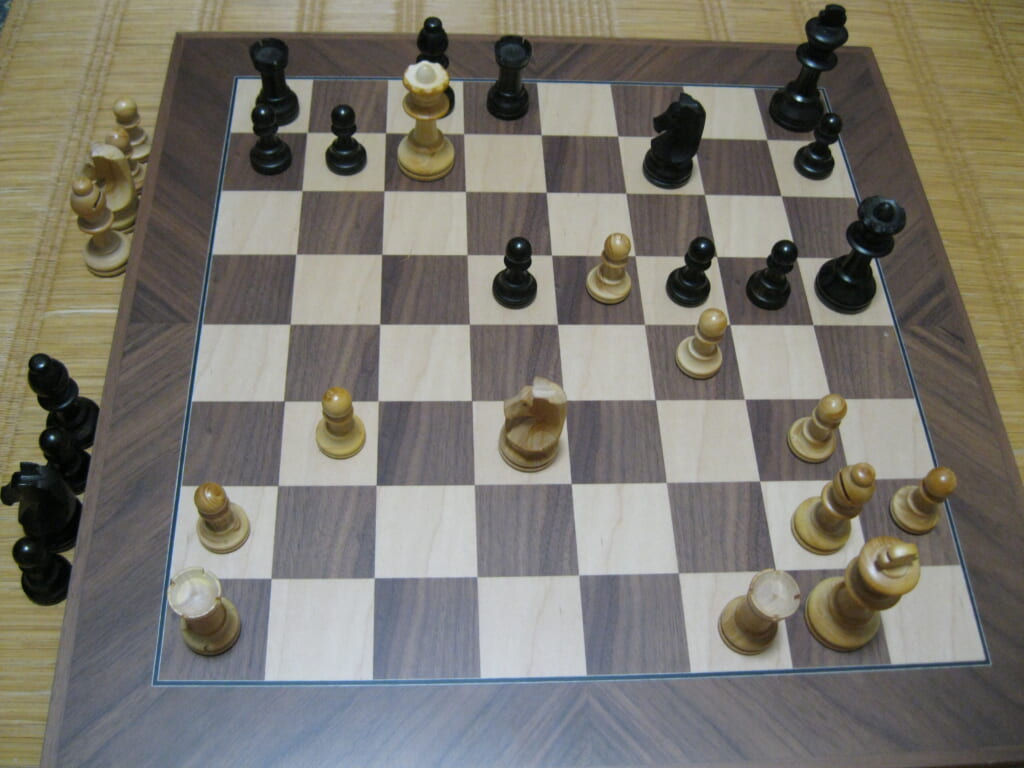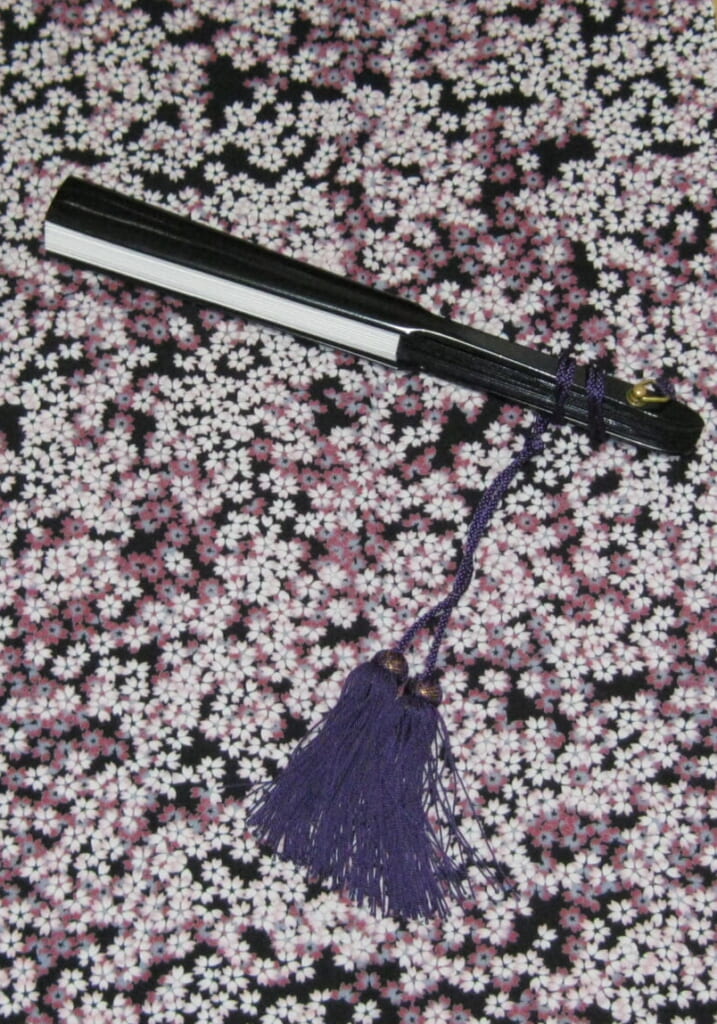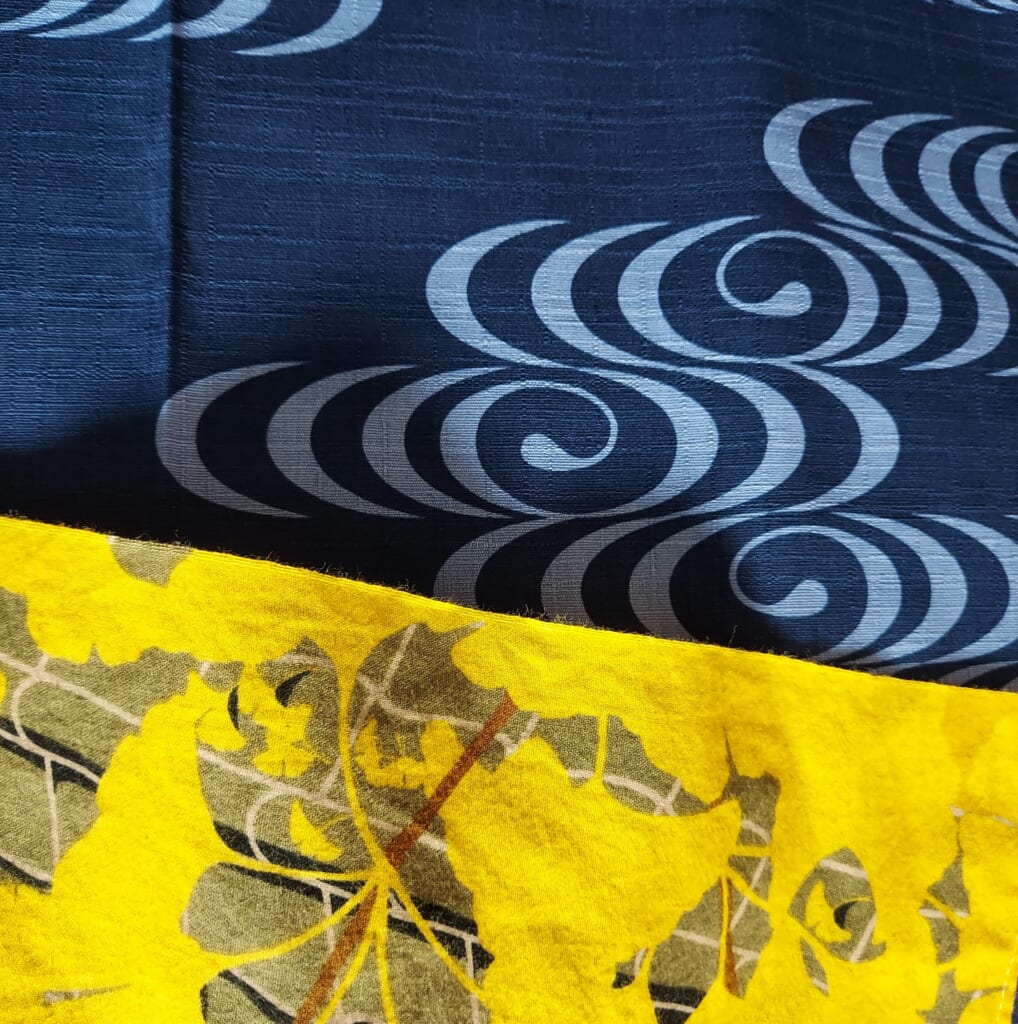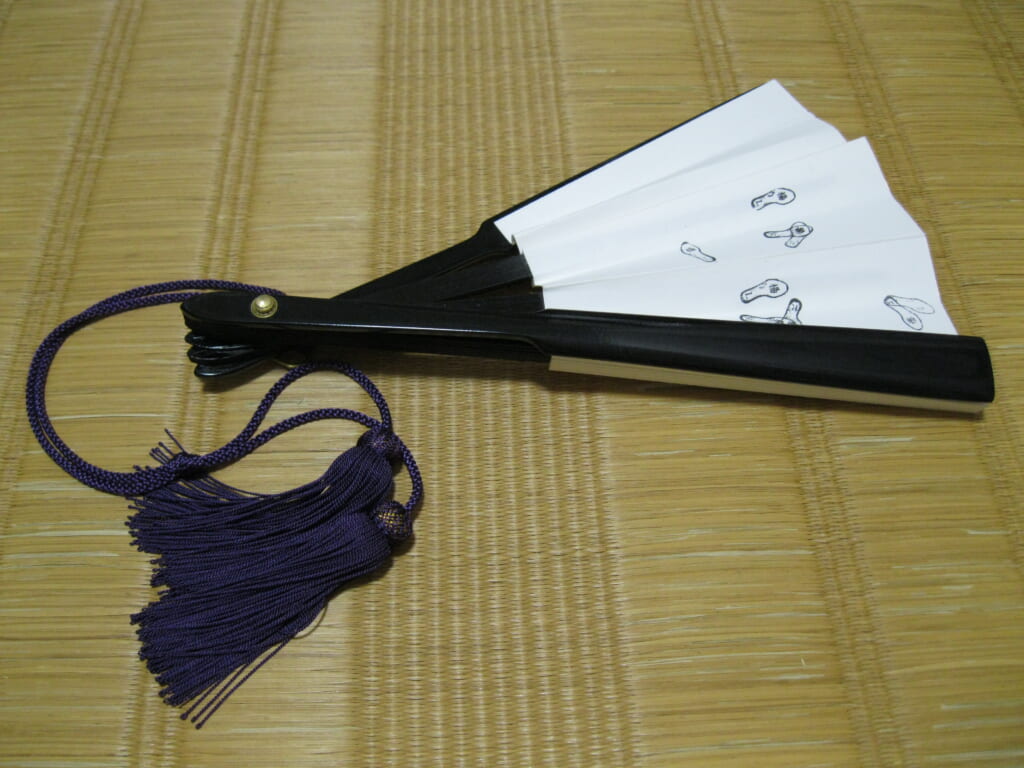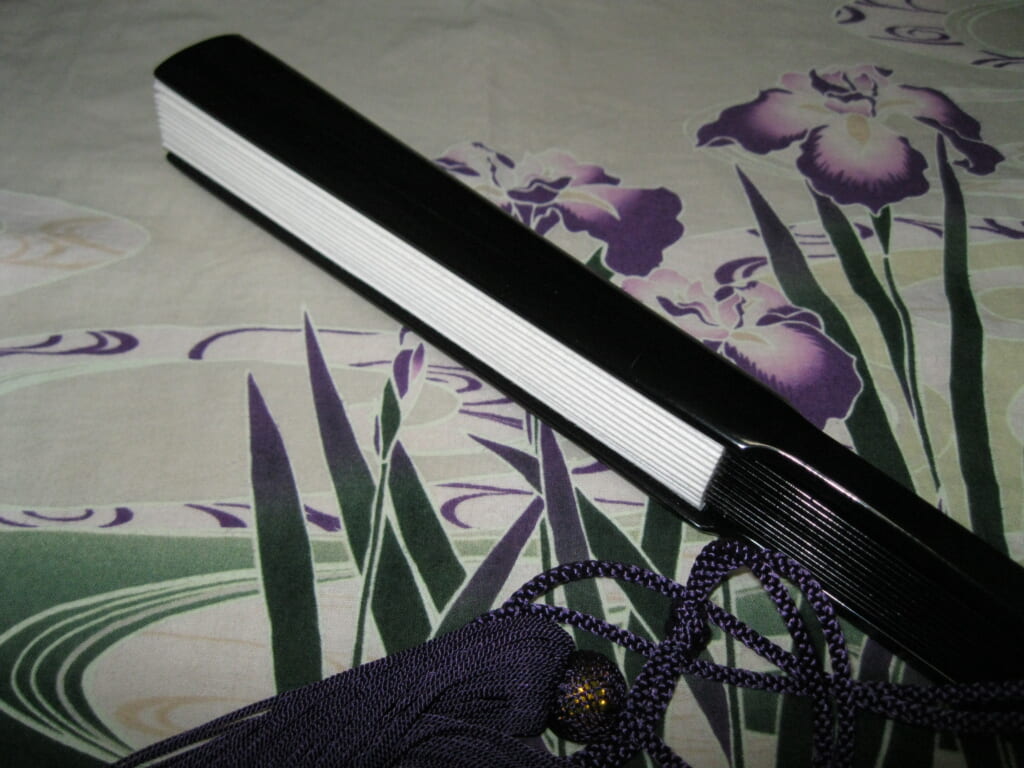
Hello, everyone! Ciao, a tutti!
Welcome to my game.
As you always are, I’m playing my own game, too.
What is the difference between Koryu & Chess?
There is one thing unclear ∞ for me.
Is ‘tempo’ in Chess similar to ‘hyoshi(拍子)’ in Koryu or not?
To be honest, I’ve never gotten this term ‘tempo’, before IM Almira Skripchenko is pointed by GM Nigel Short and corrects ‘a next tempo’, not ‘a next tempi’, when they discuss about the game GM Nodirbek Abdusattorov(UZB) vs GM Vasif Durarbayli(AZE) in broadcast of FIDE World Cup 2021 Round 4 – Tie-breaks.
And besides, Nigel continues to show us his view about ‘tempo’ against an editor who uses ‘tempos’ as the plural form of ‘tempo’. In his view, not ‘tempos’ but ‘tempi’, because this is a term of Chess. (*Do I misunderstand his view?)
Then, in the first place, it seems like from Italy. Ciao!
Thankfully and curiously, once my ears got this term ‘tempo’, ‘tempo’ and ‘tempi’ always draw my attention throughout the broadcasts of FIDE World Cup 2021 and other chess broadcasts.
Actually, I fail in counting how many times I’ve heard ‘tempo’ or ‘tempi’ in these 2 months.
I mean, a lot. Too many ‘tempo’ and ‘tempi’ are there for me.
So, I may fail to catch the exact meanings, but 3 more points I find about ‘tempo’.
Now secondly, I understand that chess players sometimes win or lose a ‘tempo’ or two ‘tempi’ or more by the way how to use pieces and Pawns for the precise move.
Thirdly, if there are several options, commentators eagerly recommend the way to win as many ‘tempi’ as possible to us.
But fourthly, comments about ‘tempo’ on the broadcasts suggest that it doesn’t matter after the player’s winning or losing is coming into view.
Then, the preparation of centralization, or the grip on the position, or controlling some squares to push, … something like that is the point to understand this ‘tempo’?
Meanwhile, I wonder why the term ‘tempo’ appears very very rare in the book “The Most Instructive Games of Chess Ever Played: 62 Masterpieces of Chess Strategy” written by Irving Chernev.
In fact, only 5 times, and all of them are one phrase ‘gain a tempo’.
He seems to express something by this term ‘tempo’ with deliberation.
I mean, not clearly advance, not clearly push, not clearly engage, not clearly control, not clearly threaten, not clearly grip, but ‘gain a tempo’.
Especially about the game F. J. Marshall vs E. Lasker, Irving Chernev shows us his view after 19 Kxf1 like this: (*I change to denote by Algebraic signs.)
“At this point, 99 out of 100 players (and this explains why there are so few Laskers) would “gain a tempo” by 19 … Ba6+ or by 19 … Bh3+ followed by 20 … Rf8. Lasker keeps the Bishop at home (where it still exerts force in two directions) and plays to weaken White’s Pawn structure.
Foreseeing the possibility of White’s Knight taking up a strong post at b3 (getting there by way of d2) Lasker moves …”
Unexpectedly, he invites the 6th ‘tempo’ to depict vividly how the game L. Evans vs Opsahl in Dubrovnik 1950 is going with such a title ‘Symphony of Heavenly Length’ as follows:
“To call this game a masterpiece is to do it insufficient justice. It is more than that. It is a symphony played over a chessboard with an orchestra of pieces and Pawns.
It consists of four movements, whose style and tempo may be described as follows:
(1)The Minority Attack ― lively and with vigor, (this is the dominant theme of the movement, and determines the play of the entire composition).
(2)The Knight’s Tour ― lightly and gracefully.
(3)The Rook’s Maneuvers ― with energy and spirit.
(4)The Pawn Finale ― simply and precisely.”
Needless to say, this 6th ‘tempo’ by Irving Chernev looks like a musical term, not the term of Chess.
On the other hand, the term ‘hyoshi(拍子)’ in Koryu mainly means rhythm, pace, time, and tempo.
One of the classical Japanese arts ‘Noh(能)’ is like Opera, which has been loved in Japan for at least 700 years.
And this term ‘hyoshi(拍子) has polished in both Koryu and Noh(能), while Koryu and Noh(能) have influenced deep each other.
Well, at a glance, the term ‘hyoshi(拍子)’ in Koryu seems like fairly similar to the 6th ‘tempo’ by Irving Chernev.
When our bodies move automatically to defend ourselves against an opponent’s surprised attack, there is a certain ‘hyoshi(拍子)’, rhythm, from ‘Kata(形)’ trainings which we master.
This is because in such a time, immediately at the same time or slightly one after another, every single connected move of our bodies must be at the best or better condition, and all of them compose a certain ‘hyoshi(拍子)’, rhythm.
But if the ‘hyoshi(拍子)’ of our moves, especially our steps, like “one, two, three” is at a uniform pace, our opponent easily anticipates what we want to do.
So, tensely we have to watch our own ‘hyoshi(拍子)’, pace, not to meet but to surprise our opponent.
Or there is some other ‘hyoshi(拍子)’ to lure our opponent into a trap, it means, to force our opponent to attack where we are waiting for.
Is ‘tempo’ in Chess similar to ‘hyoshi(拍子)’ in Koryu or not?
Here, maybe we must take account of the difference between Koryu & Chess at the point of time, you know, for a struggle, how long all move cost.
A classical chess game allows 90minutes to both players at the starting and 30seconds for every move, and extra 30minutes after both players’ moves reach 40th in official.
And of course, we must wait for the opponent’s move after our every single move in Chess (with staring, strolling, you know, keeping our behavior politely.).
But how about Koryu?
I think, as little as possible, but not always.
I mean, “It depends,” as Garry Kasparov opens in his book “How Life Imitates Chess” for the answer of a question “How many moves ahead do you see?”.
This is because waiting is also very important for our defense.
Then, for a struggle, how about the sum of moves?
Which is better in a classical chess game, finishing in 21 moves like Petrosian’s ‘Surprise! Surprise!’ or in 81 moves like Evans’ ‘Symphony of Heavenly Length’?
Do you know the answer?
I don’t know.
And how about Koryu?
To tell the truth, it’s difficult for me to explain.
I think, not only as few as possible, but also as many as possible and we have to count other views.
I mean, if we know a way of fewer moves to create the same effect, we use it, but not always.
Or if we know an easier way to create the same effect, we use it, but not always.
Or if we know a way of less time to create the same effect, we use it, but not always.
Or if we know a sharper way to create the same effect, we use it, but not always.
Anyway “Chess is above all a struggle.”, Emanuel Lasker once observed, as Garry Kasparov shows us in his book.
And there, Kasparov goes on to clarify this Lasker’s word, “According to Lasker, the point is always to win, no matter how you define winning.”
No doubt, and also Koryu is.
Is ‘tempo’ in Chess similar to ‘hyoshi(拍子)’ in Koryu or not?
Well, the answer is still unclear∞ for me.
Maybe I’ll be back to this question in future.
How about you?
Thank you, best regards.
Grazie, buona partita.

